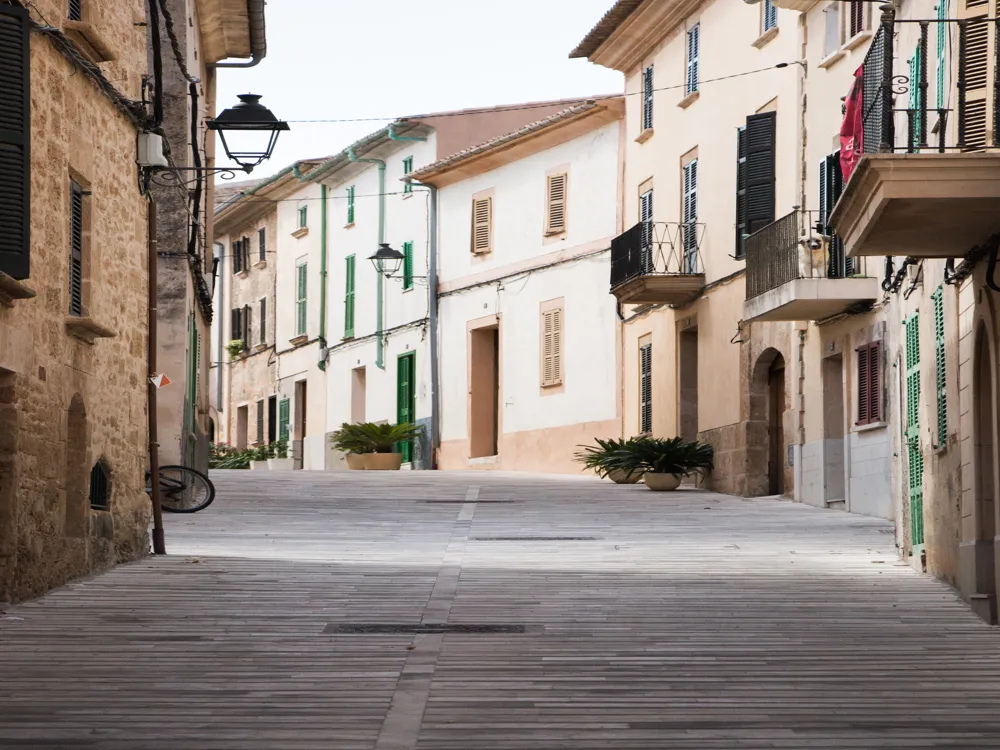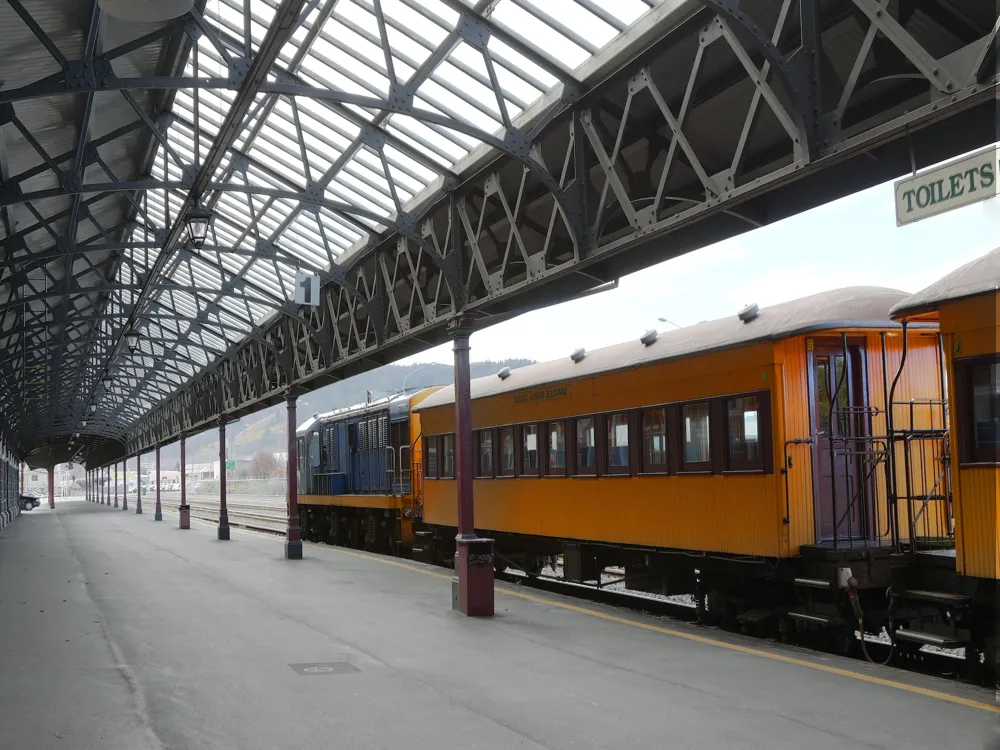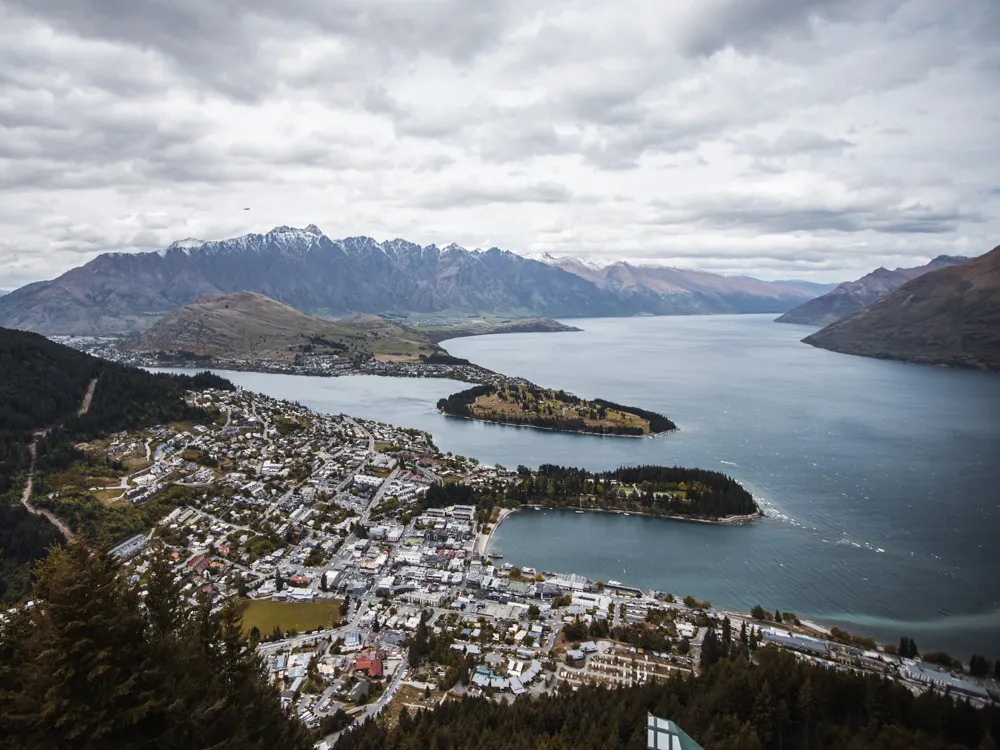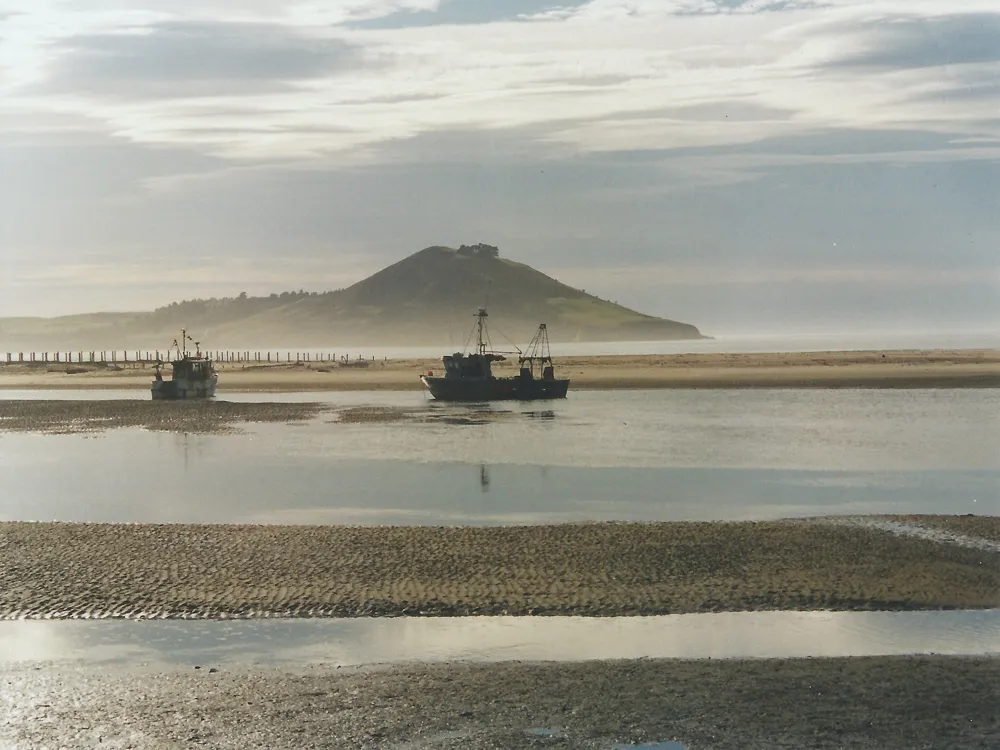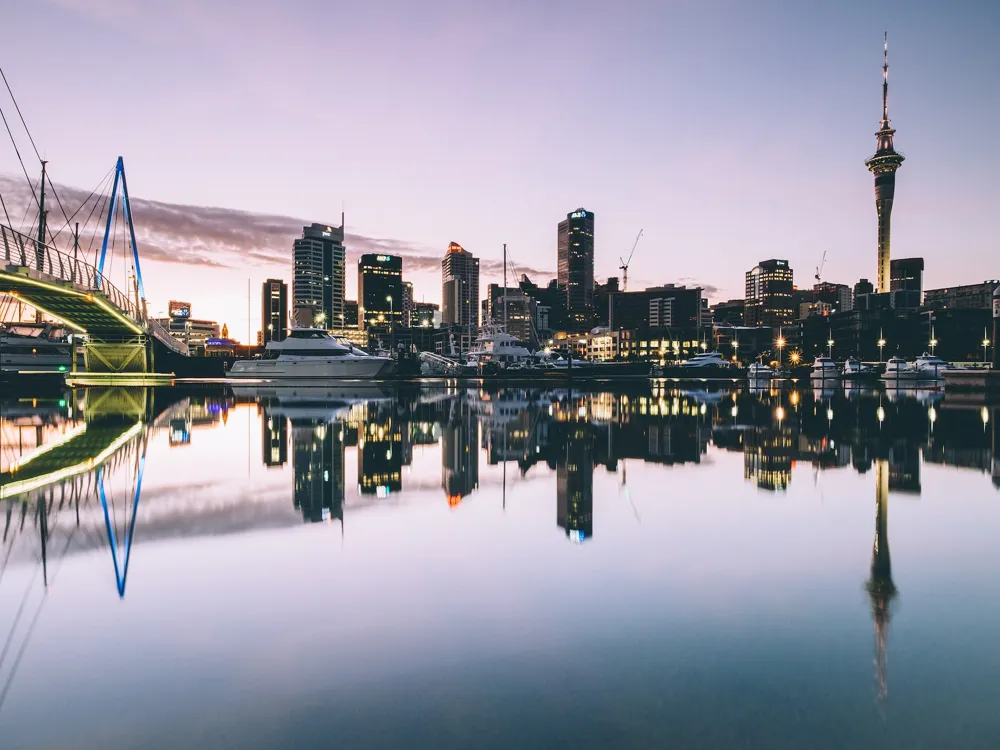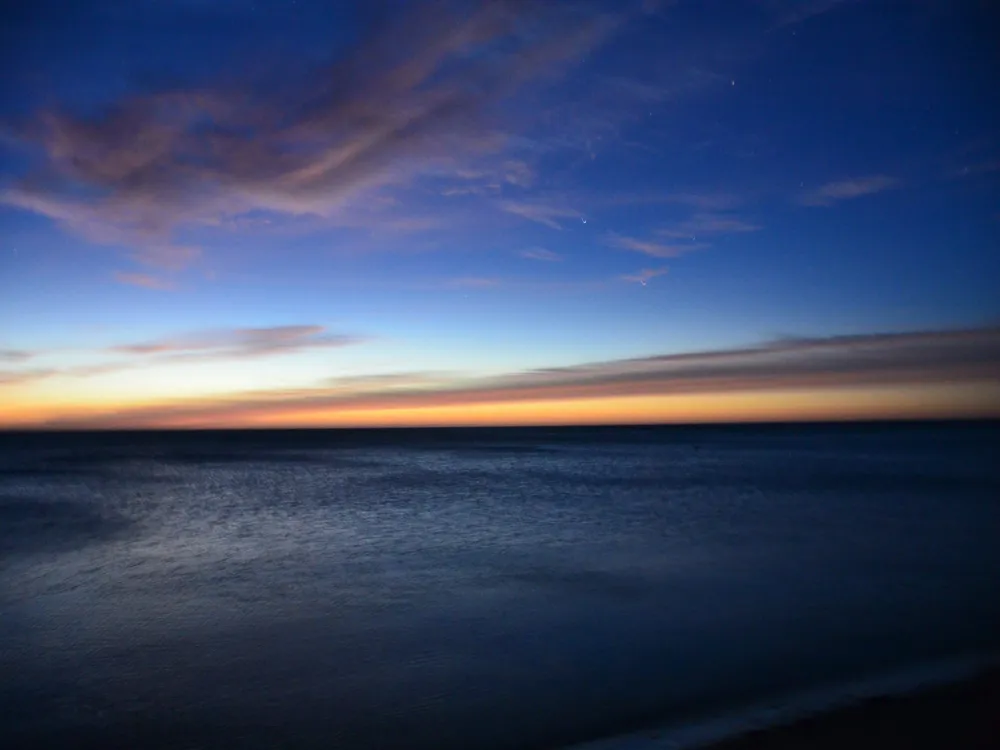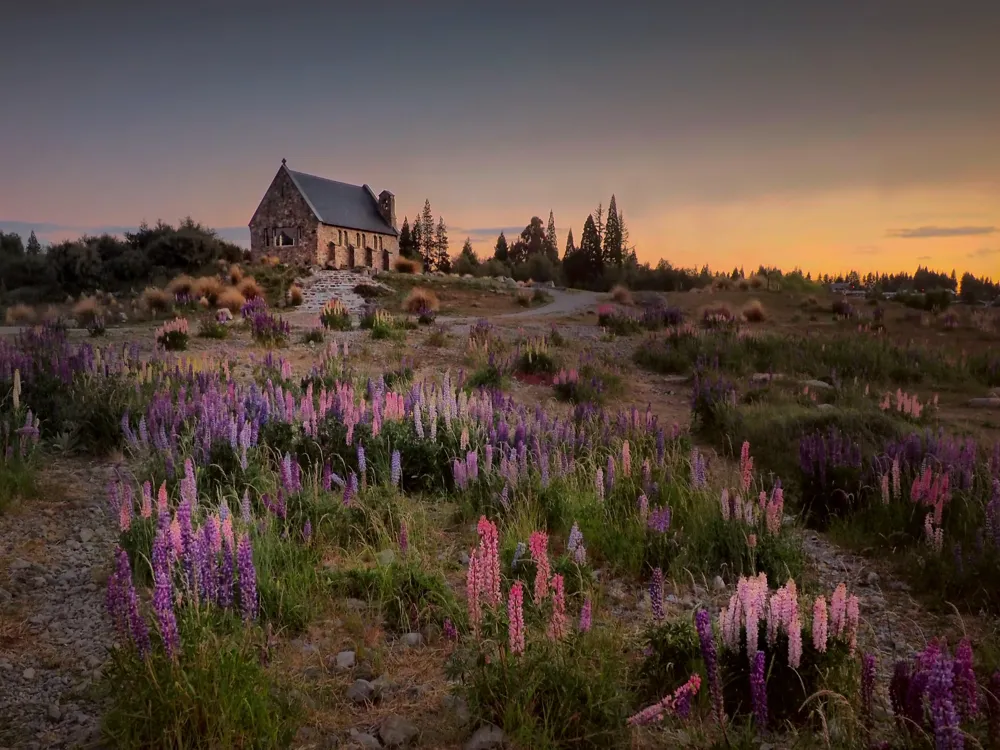Dunedin, a picturesque city in the South Island of New Zealand, is known for its unique blend of cultural heritage, stunning natural landscapes, and vibrant student life. Founded in 1848 by Scottish settlers, Dunedin boasts a proud history, evident in its well-preserved Victorian and Edwardian architecture. The city is enveloped by rolling hills, while the Otago Peninsula, extending from the city, offers a breathtaking coastline, rare wildlife, and fascinating historical sites. Dunedin's economy thrives on education, tourism, and technology, with the University of Otago, established in 1869, being a central figure in the city's academic and cultural life. Visitors to Dunedin are greeted with a charming city center, where historic buildings blend seamlessly with modern amenities. The Octagon, an eight-sided plaza at the heart of the city, is a hub for cultural activities, surrounded by cafes, bars, and art galleries. Nearby, the Dunedin Railway Station, a Renaissance Revival masterpiece, is a testament to the city's rich history and architectural grandeur. Dunedin's natural attractions are equally impressive, with the Otago Peninsula offering opportunities for wildlife encounters, including the rare yellow-eyed penguin and the world's only mainland breeding colony of the royal albatross. The city's cultural life is vibrant and diverse, reflecting its Scottish heritage and the influence of the indigenous Māori and other immigrant communities. Festivals, music, theatre, and art exhibitions contribute to Dunedin's dynamic cultural landscape. The city's commitment to sustainability and conservation is evident in its numerous green spaces, eco-tourism initiatives, and community-driven environmental projects. As a destination, Dunedin offers a unique blend of history, nature, and culture, making it an enchanting and enriching place to visit or live. Dunedin's architecture is a splendid showcase of its historical journey, with a rich collection of Victorian and Edwardian buildings. The city's architectural heritage is one of its most distinguishing features, offering a glimpse into its past as one of New Zealand's most prosperous cities during the gold rush era. The architecture of Dunedin ranges from grand public buildings and churches to ornate private residences, reflecting a variety of styles, including Gothic Revival, Renaissance Revival, and Neoclassical. The Dunedin Railway Station, designed by George Troup and opened in 1906, is a prime example of the city's architectural brilliance. Characterized by its Flemish Renaissance style, the station features white Oamaru limestone facings on black basalt rock, giving it a distinctive light-dark pattern. The intricate details and fine craftsmanship make it one of New Zealand's most photographed buildings. Another notable landmark is the First Church of Otago, an impressive Gothic Revival structure with a towering spire, built using local bluestone. Residential architecture in Dunedin also reflects its historical significance. The city's oldest standing residences, like the Olveston Historic Home, built in the Jacobean style, offer insights into the domestic life of the city's early settlers. Moreover, the Baldwin Street, recognized as one of the world's steepest residential streets, is lined with unique homes adapted to its challenging topography. Additionally, Dunedin's commitment to preserving its architectural heritage is evident in the numerous restoration and conservation projects aimed at maintaining the city's historic charm while accommodating modern needs. Dunedin's climate is temperate, with distinct seasons. The best time to visit is during the spring (September to November) and autumn (March to May) when the weather is pleasant, and the city's gardens and parks are at their most beautiful. The city is well-connected with a reliable public transportation system. Buses are the primary mode of transport within the city, with routes covering most areas. Renting a car is recommended for exploring the Otago Peninsula and more remote attractions. Dunedin offers a range of accommodation, from luxury hotels and boutique bed and breakfasts to budget-friendly hostels and holiday parks. Booking in advance is advisable, especially during peak tourist seasons and university events. Respect for local customs and traditions is important. Visitors should be mindful of the cultural significance of Māori sites and traditions. It's also customary to respect the city's efforts in sustainability by minimizing waste and recycling. For outdoor enthusiasts, Dunedin offers hiking, cycling, and wildlife tours. Popular spots include the Otago Peninsula for wildlife viewing and the nearby beaches for surfing and relaxation. Always check weather conditions and seek local advice for outdoor activities. Dunedin is accessible by air, road, and rail, making it a convenient destination for both domestic and international travelers. The Dunedin International Airport, located 30 minutes from the city center, offers flights from major cities in New Zealand and direct flights from Australian cities. For those preferring land travel, the city is well-connected by a network of highways, and the scenic rail journeys offer a unique way to experience the beauty of the South Island. Additionally, intercity bus services connect Dunedin with other major towns and cities in New Zealand.Overview of Dunedin
Architecture of Dunedin
Tips When Visiting Dunedin
Best Time to Visit
Local Transportation
Accommodation Options
Cultural Etiquette
Outdoor Activities
How To Reach Dunedin
Taieri Gorge Railway
Dunedin
₹ 142,000 onwards
View dunedin Packages
Dunedin Travel Packages
View All Packages For Dunedin
Top Hotel Collections for Dunedin

Private Pool

Luxury Hotels

5-Star Hotels

Pet Friendly
Top Hotels Near Dunedin
Other Top Ranking Places In Dunedin
View All Places To Visit In dunedin
View dunedin Packages
Dunedin Travel Packages
View All Packages For Dunedin
Top Hotel Collections for Dunedin

Private Pool

Luxury Hotels

5-Star Hotels

Pet Friendly







